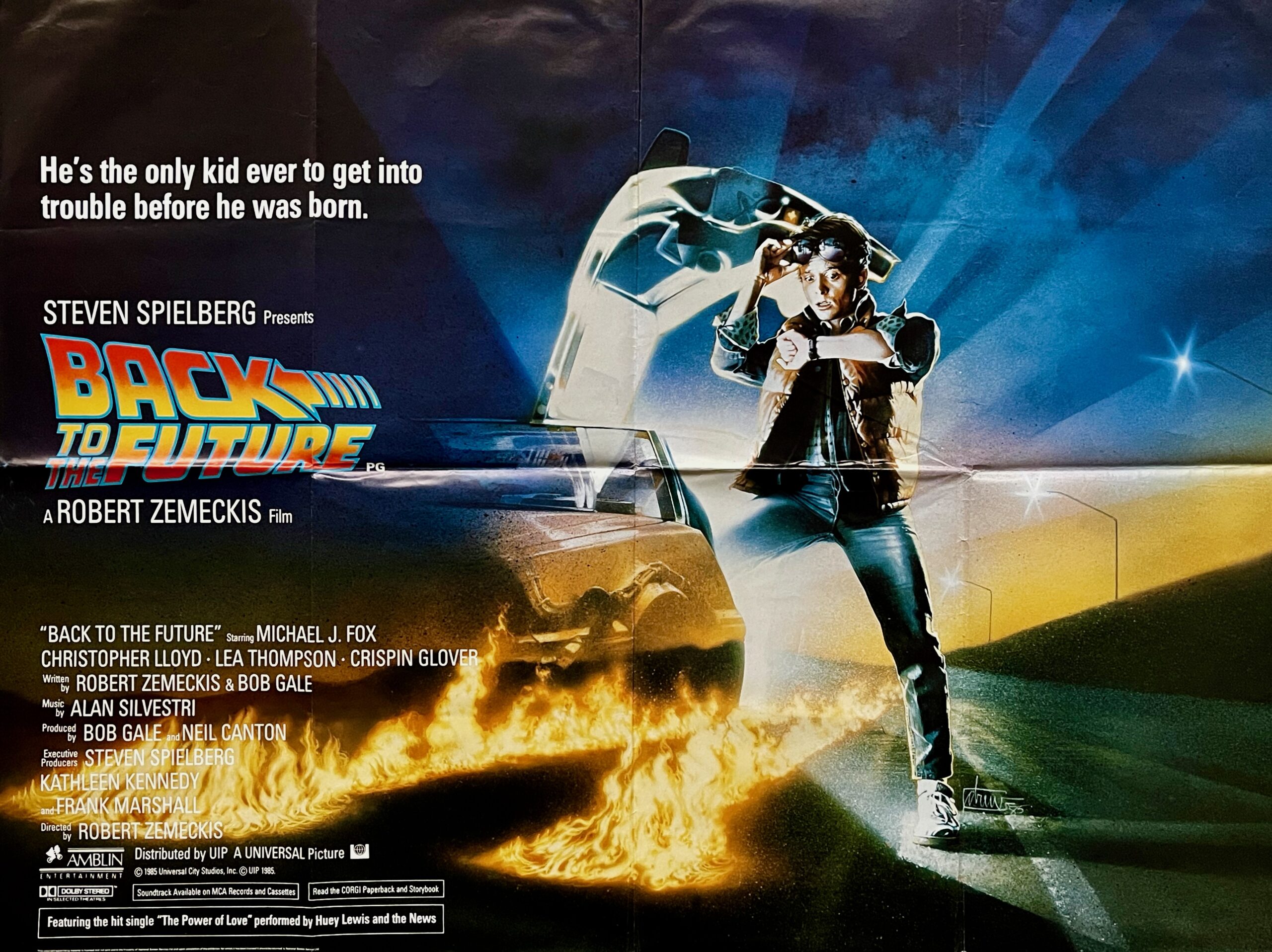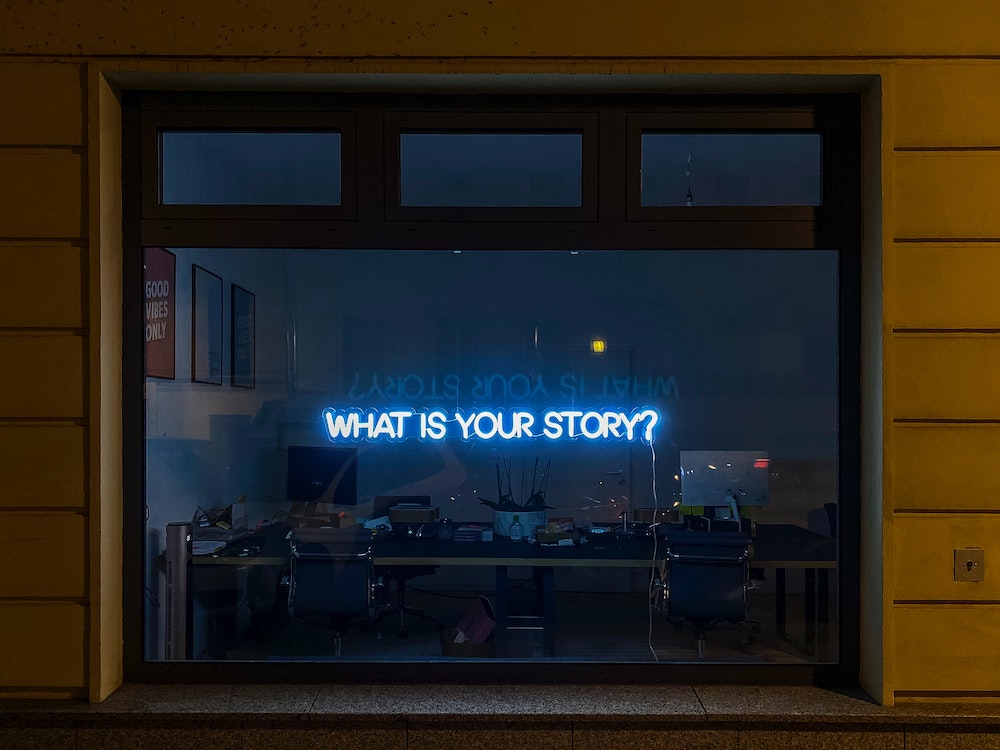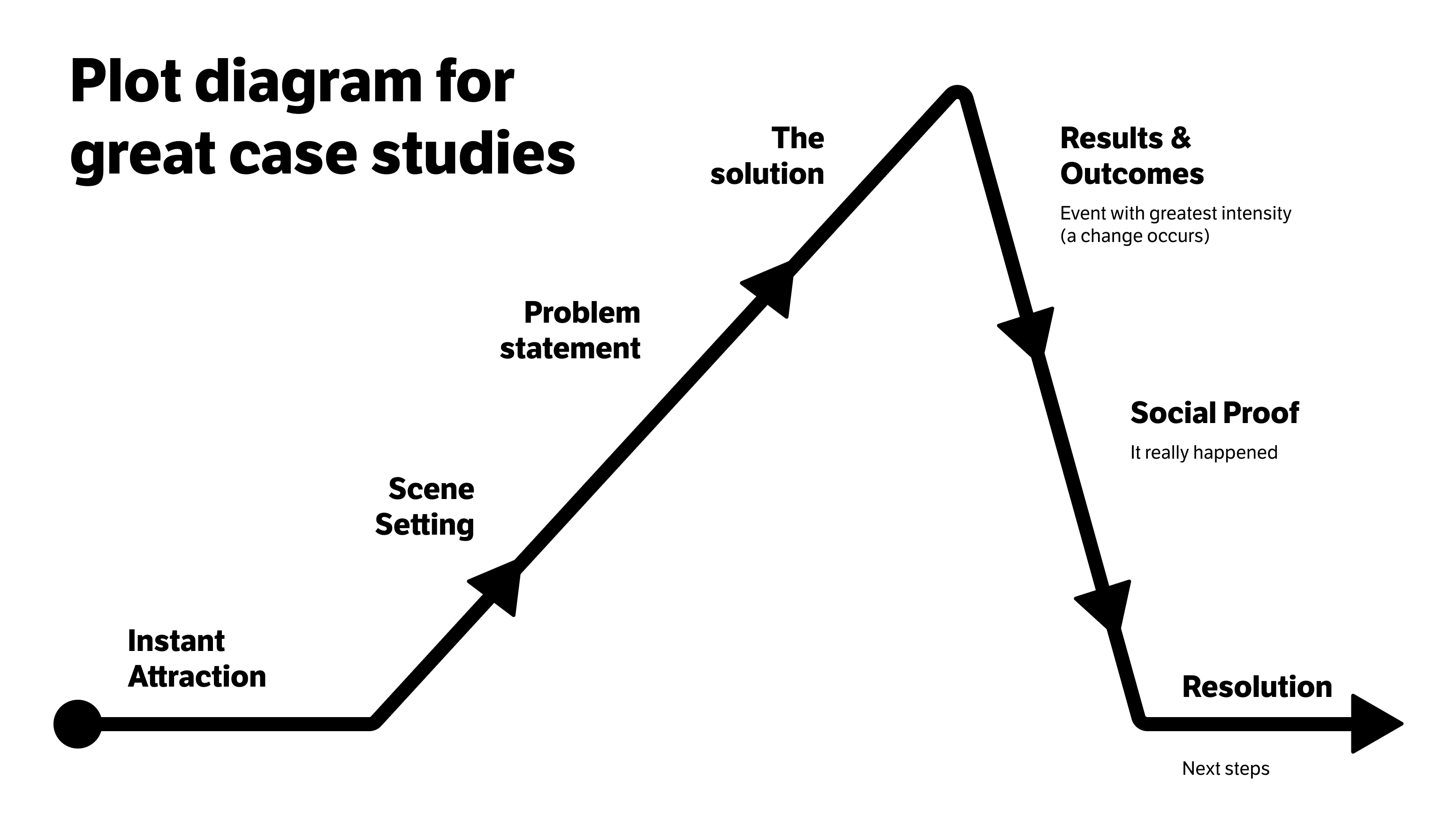Writing effective agency case studies
It’s harder than it looks, and why film posters are a good start

First, what are case studies for?
It’s important to agree on what case studies are used for at your agency.
Showcasing your skills and prowess
Do you have proof that you can do what we say you do? Your case studies are a reflection of the quality of your work and describe what you have done for previous clients.
Building trust & loyalty
Case studies should reflect positive outcomes for your clients. As a byproduct, they’re proof that the client trusted you and gained a successful outcome. They prove that you’re trustworthy, reliable and build relationships.
Prequalifying clients
Good case studies can attract like-minded prospective clients who can envisage what it’s like working with you on a problem similar to their own. Prequalifying clients results in higher quality leads. As a result you spend less time qualifying them in a lengthy pre-sales process.
Fostering good processes
An often under-appreciated aspect of case studies: they’re a great way of recording what you do on client projects. They solidify good processes and remind project teams to think about and consider what should make it into the end case study.
Who are you writing case studies for?
If you know why you’re writing case studies, it’s equally important to understand who you’re writing them for.

Who are your key client types? For example:
- Startups with new, formative ideas
- Established B2B corporations in the healthcare sector
- B2C charities with low budgets but interesting problems to solve
With these archetypes in mind, what might they look for in a case study from your agency? Prospective clients have a small devil or angel sitting on each shoulder, whispering the following questions into their ear:
😇 The angel says:
- Can this agency help us achieve our goals?
- Can this agency help us understand what we should be doing?
- Has this agency done what we need for other people/orgs like ours?
- Does this agency have the skills and expertise to assist us?
- Does this agency seem like a company we could learn from?
- Can we align to this agency’s values? What do they stand for?
😈 The devil says:
- Can this agency do what they say they do?
- Is this agency competent?
- Does their work look boring and repetitive?
- Do they look like every other agency we’ve looked at?
- Do they seem like they’d have our best interests in mind?
- Do they seem like an agency we could work with?
The selection process
In most cases, prospective clients begin shortlisting agencies once they have established a need for external assistance.
This is often borne out of a specific need (pain point) or problem they’re trying to solve. In most B2B cases, prospective clients will create a brief, which they can share with selected agencies. However in the case of startups or small companies, a brief can often be bypassed in favour of a phone call.
Agency selection typically starts with the agency being found. This could come from the following:
- They’ve been referred by someone they know and trust
- They’ve found the agency on a directory, forum or word of mouth
- They’ve searched (Google) using keywords they feel represents their problem
- They’ve looked at their own competitors or sector, and understood which agencies specialise in those areas
Prospective clients will visit the websites of a long list of agencies. They’ll then shortlist the agencies they align to or are curious about. It’s at this stage that case studies (along with about pages) are crucial.
So what does a good case study look like?
Knowing what we now know, what makes an effective case study?

Good case studies will always:
- Tell a compelling story
- Attract interest
- Showcase the why as much as the what and how
- Demonstrate how a problem was solved
- Share what skills, expertise or technologies were used
Overall your case study should connect with the audience by addressing the elements that are important to them in their decision-making process:
- Demonstrable outcomes
- Clear and obvious competence
- Substance in the case study, not just screenshots or pictures
- Social proof (are the clients real people, and what have they said)
- Clear value. Does the range of work across case studies reflect the potential budget required (aka is the agency too cheap or too expensive)
The anatomy of a case study
There might not be any huge surprises here, but this is a format that works.
It’s helpful to compare a good case study with a great story or film, complete with a trailer, a plot, a climax and even critic reviews.

Instant attraction (The film poster)
A short executive summary of the completed project
Scene-setting (The movie trailer)
What’s the sector, who is the client and why should I care?
Problem statement/ Problem solved (The story, part 1)
What was the problem that you helped solve through experience and expertise?
The solution (The story, part 2)
How was the problem solved? What processes, approaches, methodologies and tools were used (and why) to achieve the desired outcome?
Results and outcomes (The conclusion)
What were the real-world results and outcomes that show prospective clients they’re in safe hands?
Social proof (The quotes)
What has your client said about the work provided?
Bonuses (The post-credits)
Don’t forget to provide two things:
- An onward journey to read similar case studies
- A call-to-action. What do you want your prospective client to do next?
What not to do 🚫
Some tidbits of advice and things to avoid.
Don’t focus on just shiny things
Working with agencies means you’ll get something better than what you have (typically). But as an agency don’t over-egg the deliverables and outputs. Focussing too much on the looks or superficial outputs risks typecasting you as an agency who cares more about vanity and looks, more than true substance.
Don’t talk about yourself
Make your clients the champion in your case studies, and take the spotlight off of you/your team. It’s tempting to talk about yourself and your wins in an agency case study. But by putting the spotlight on how you solved a client’s specific needs, you’ll align with prospective clients at the start of the same journey.
Don’t be lazy
Case studies are hard work. Getting them right requires time and effort. Prospective clients have an uncanny ability to ‘smell’ poor case studies, especially when they’re shortlisting and visiting several of your agency competitors. Putting the appropriate effort into case studies will — over time — provide the same value in gaining mindshare and persuading new clients to work with you. Write them well, balance substance with style and keep focus on telling a compelling story.
Good luck!
This article was originally posted on Medium as @aizlewood
May 19th, 2022